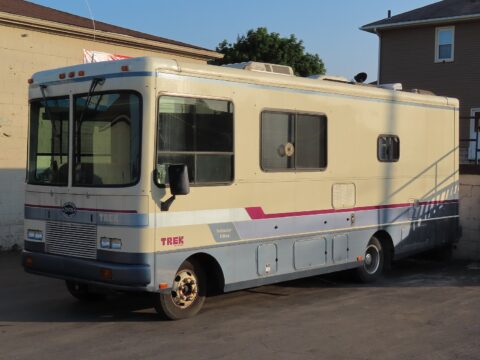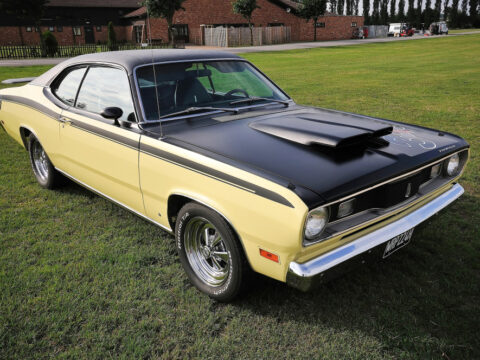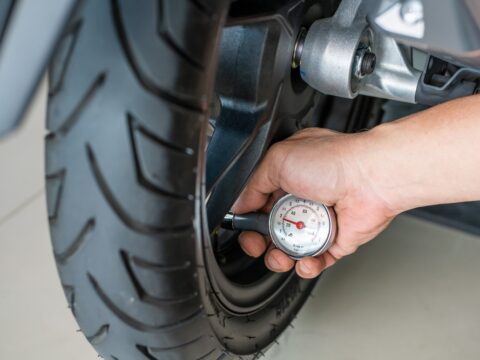Throughout history, poor boat designs have led to some of the most tragic maritime disasters. From structural weaknesses to flawed engineering, these failures had devastating consequences at sea. In this article, we’ll explore 15 of the worst boat designs that ended in catastrophe, reminding us of the crucial importance of safe and reliable engineering in the maritime world.
Contents
RMS Titanic
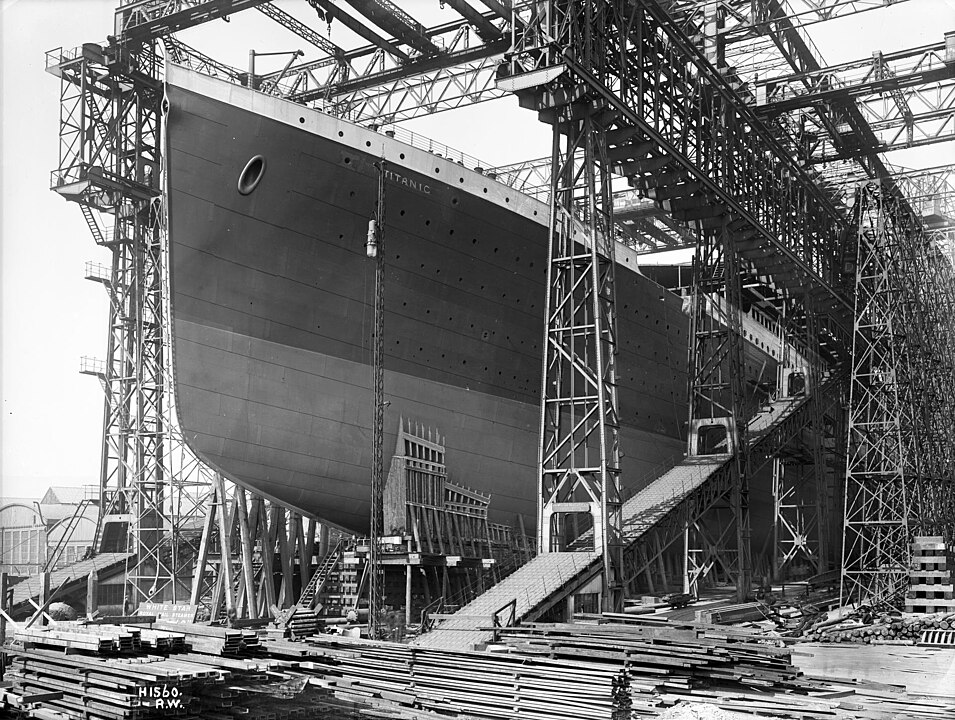
The Titanic is perhaps the most famous maritime disaster, largely due to its design flaws. While it boasted advanced features like watertight compartments, the bulkheads did not extend high enough to prevent water from spilling over into adjacent compartments. Additionally, the ship lacked enough lifeboats for all passengers. When it struck an iceberg, these flaws contributed to its rapid sinking, making it a tragic testament to overconfidence in design.
SS Eastland
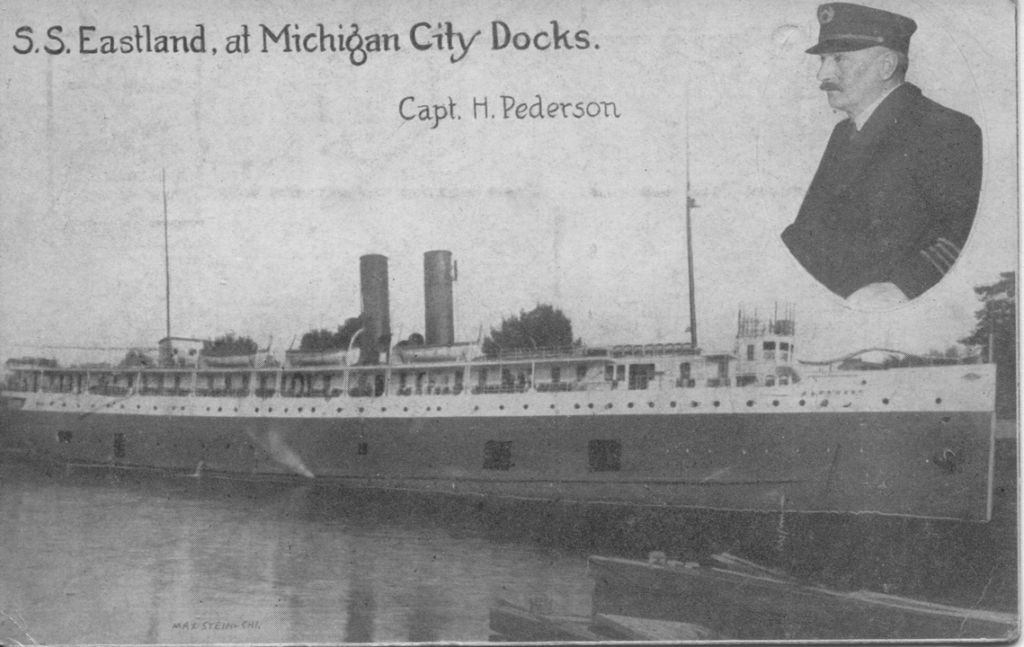
Image Editorial Credit: Shutterstock.com
The SS Eastland capsized while still docked due to its top-heavy design. Originally designed with extra lifeboats after the Titanic disaster, the additional weight made the ship even more unstable. A minor shift in passengers caused the vessel to roll over in the Chicago River, resulting in over 800 deaths. This disaster underscored the dangers of overloading a ship without proper balance considerations.
MS Herald of Free Enterprise

The MS Herald of Free Enterprise sank due to a simple yet devastating design flaw: its bow doors were left open as it set sail. The ship’s loading ramp doors were not equipped with automatic indicators, leading to the flooding of the vehicle deck when water rushed in. Within minutes, the ferry capsized, causing the deaths of 193 people.
MV Sewol

The MV Sewol ferry disaster was caused by a combination of overloading and poor balance. Modifications to the vessel made it top-heavy, and cargo was improperly secured, which caused the ferry to list and eventually capsize during a routine voyage. Tragically, many passengers, including students, were unable to evacuate in time.
RMS Lusitania
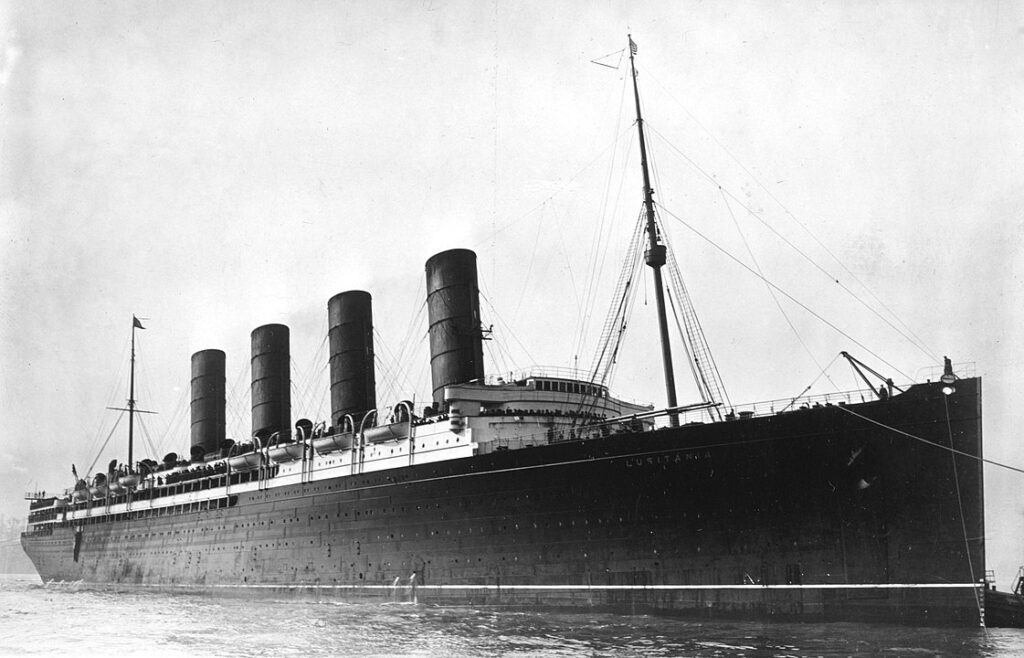
Image Editorial Credit: Shutterstock.com
The RMS Lusitania was a civilian ocean liner that became a military target during World War I. While its design was not faulty for peacetime travel, its lack of military-grade defenses made it vulnerable to enemy torpedoes. When a German U-boat attacked, the ship sank in just 18 minutes, killing nearly 1,200 passengers.
MV Princess of the Stars
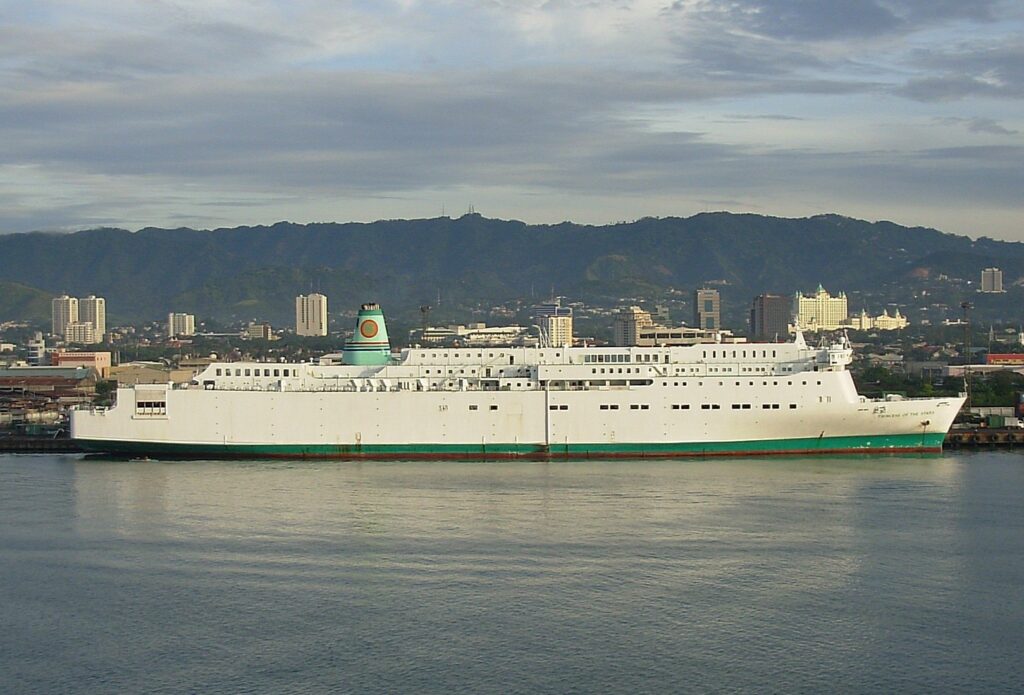
The MV Princess of the Stars capsized due to its oversized and poorly maintained design. Sailing through a typhoon, the ferry became unstable because its ballast tanks were inadequately managed, and communication between the crew and authorities failed. Over 800 people died in one of the Philippines’ worst maritime disasters.
SS Andrea Doria
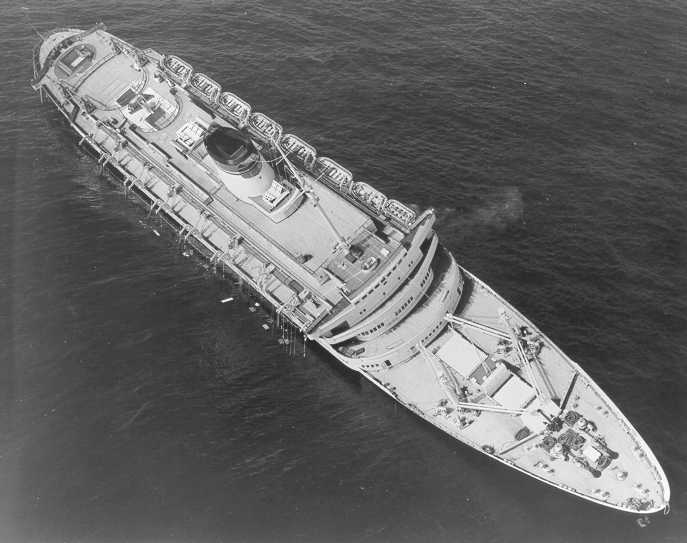
The SS Andrea Doria’s faulty radar interpretation led to a collision with another vessel, the MS Stockholm. While the ship was equipped with advanced technology for its time, its lifeboat allocation was poorly designed, with half inaccessible due to the ship’s tilt after the impact. The disaster claimed 46 lives and led to significant changes in maritime safety.
MV Le Joola
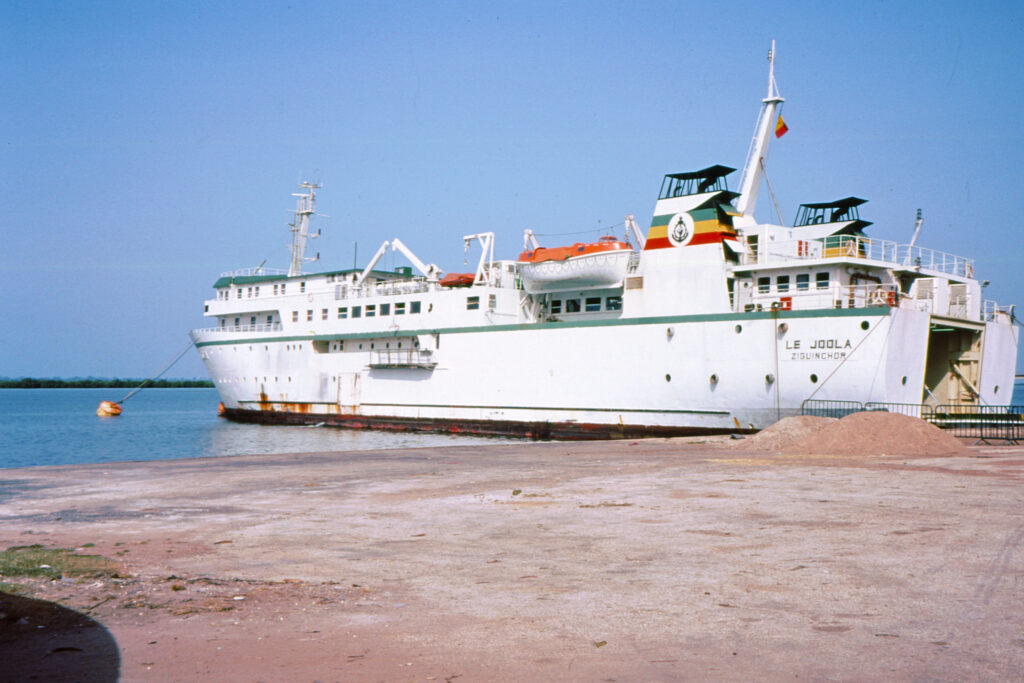
The MV Le Joola was severely overloaded when it capsized off the coast of Senegal in 2002. Designed to carry 580 passengers, the ferry had more than 2,000 people on board. The overloaded ship became top-heavy and capsized, killing nearly all of the passengers and making it one of the deadliest maritime disasters in history.
RMS Empress of Ireland
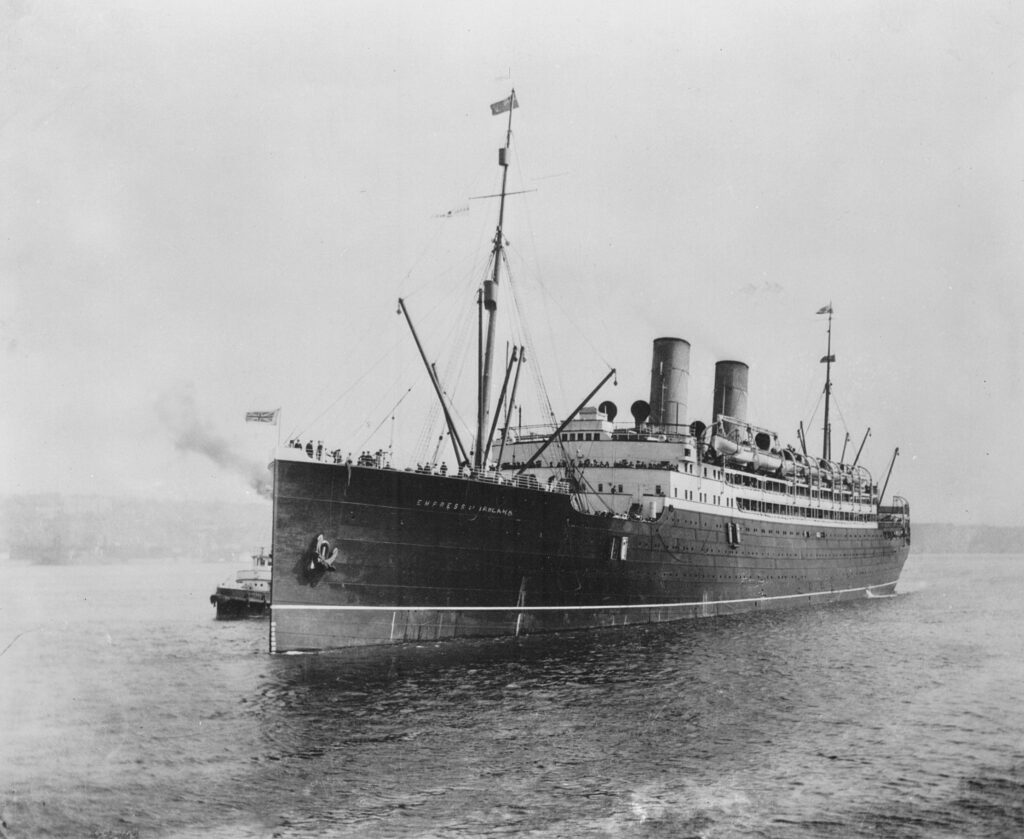
The Empress of Ireland was poorly designed in terms of watertight compartmentalization. When it collided with a Norwegian ship, water flooded the lower decks quickly. The ship sank within 14 minutes, and over 1,000 people perished. This disaster highlighted the importance of properly designed watertight doors and compartments.
USS Thresher
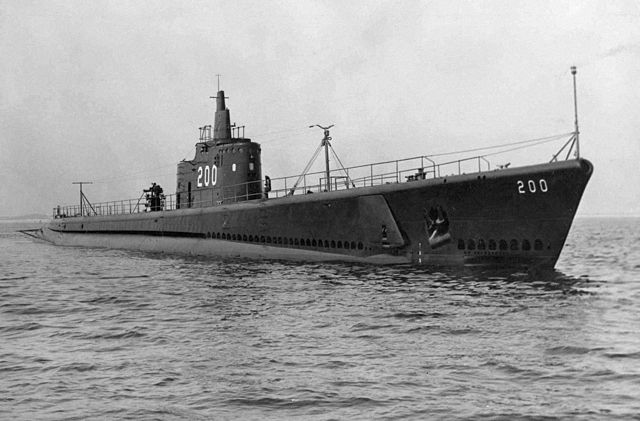
Image Editorial Credit: Shutterstock.com
The USS Thresher, a U.S. Navy submarine, suffered a catastrophic failure due to structural design flaws. A malfunction in the ballast tanks and issues with its welding contributed to the sub sinking during a deep-sea dive, leading to the loss of all 129 crew members. This disaster prompted a complete overhaul of submarine safety protocols.
MS Estonia
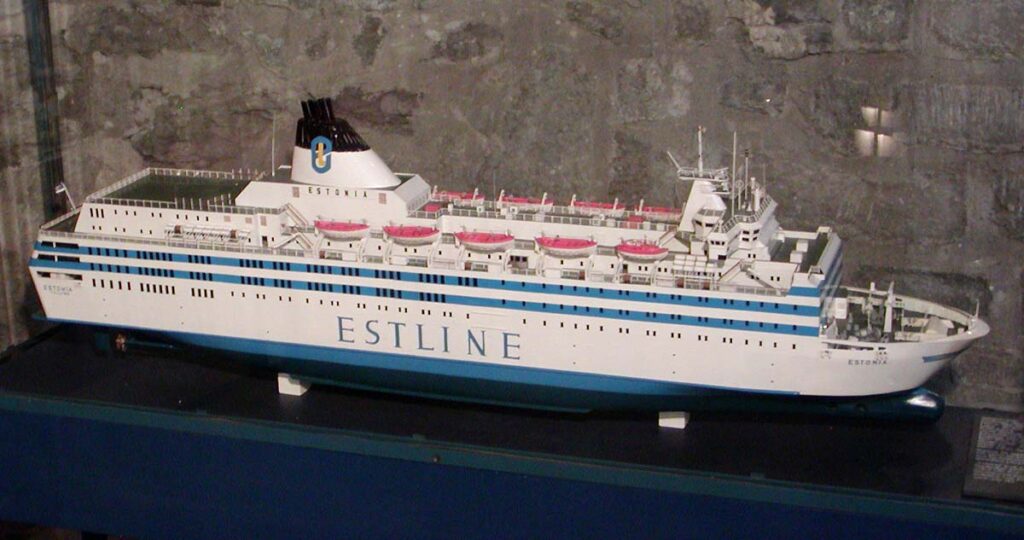
The MS Estonia sank due to a design flaw in its bow visor, which allowed water to flood the car deck. The ship quickly capsized, killing 852 passengers and crew members. Investigations revealed that the visor’s locking mechanisms were insufficient to handle the rough seas it encountered, leading to the catastrophic failure.
SS Mont-Blanc
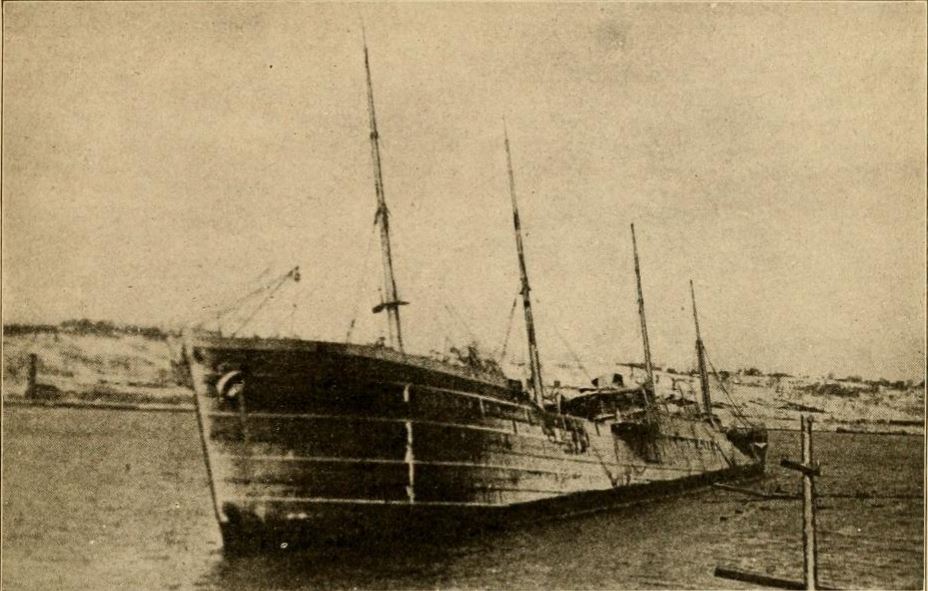
The SS Mont-Blanc was a cargo ship carrying explosives, but its design was not equipped to handle such dangerous materials. When it collided with another ship in Halifax Harbor, the resulting explosion caused one of the largest non-nuclear blasts in history, devastating the area and killing nearly 2,000 people.
HMS Royal George
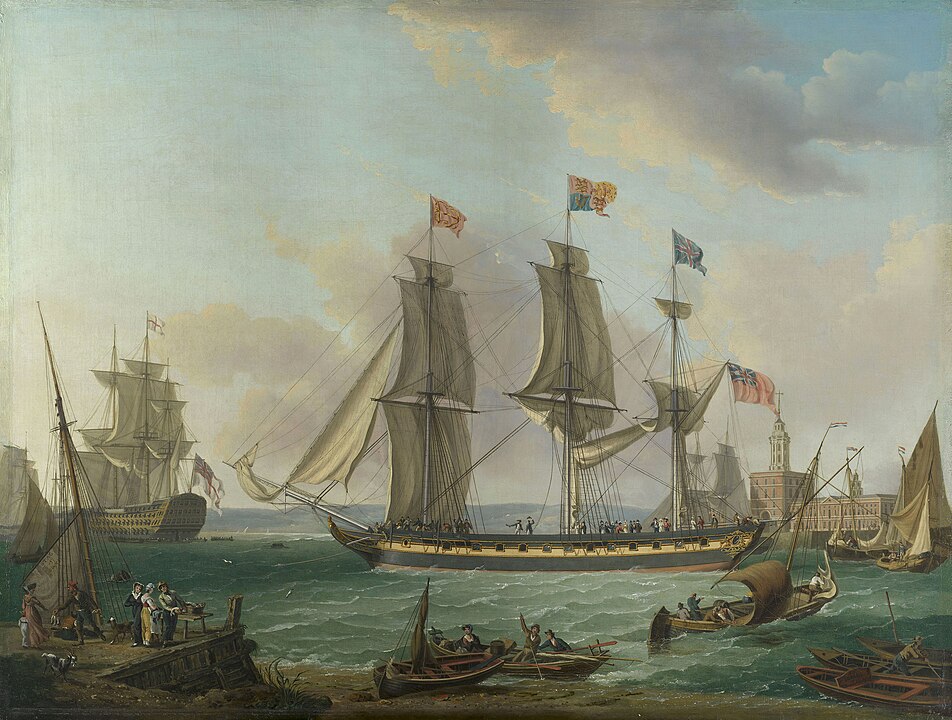
The HMS Royal George capsized during routine maintenance due to poor design and weight distribution. While repairs were being made, water entered the lower decks, causing the ship to roll over. More than 800 lives were lost in the disaster.
SS Kiangya
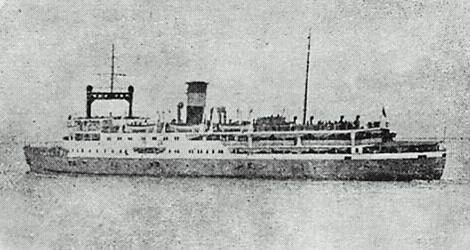
The SS Kiangya, a Chinese passenger ship, exploded due to a hidden mine and design flaws related to its overloaded condition. The ship was carrying refugees, and its design made it difficult to detect the underwater mine, leading to the deaths of over 3,000 people.
SS Carl D. Bradley

The SS Carl D. Bradley broke in two during a storm on Lake Michigan due to flawed structural design. The ship’s brittle steel and aging frame made it vulnerable to extreme weather conditions, leading to the deaths of 33 of its 35 crew members.
This article originally appeared in MyCarMakesNoise.
More from MyCarMakesNoise
8 Fastest Personal Watercrafts You Can Ride

When it comes to thrills on the water, few things match the excitement of riding a high-speed personal watercraft. These machines are designed for adrenaline seekers who crave the rush of cutting through waves at top speeds. Read More
13 Overhyped Cars That Didn’t Live Up to Expectations

Some cars capture the public’s imagination with their sleek designs, advanced technology, or historical significance, only to falter due to various shortcomings. Whether it’s due to poor performance, reliability issues, or simply failing to resonate with buyers, these vehicles often become notorious examples of unfulfilled potential. Read More
20 Classic 1960s Cars with Sky-High Price Tags

The 1960s produced some of the most iconic and luxurious cars in automotive history. These vehicles, known for their exceptional design, performance, and rarity, come with hefty price tags. Read More


